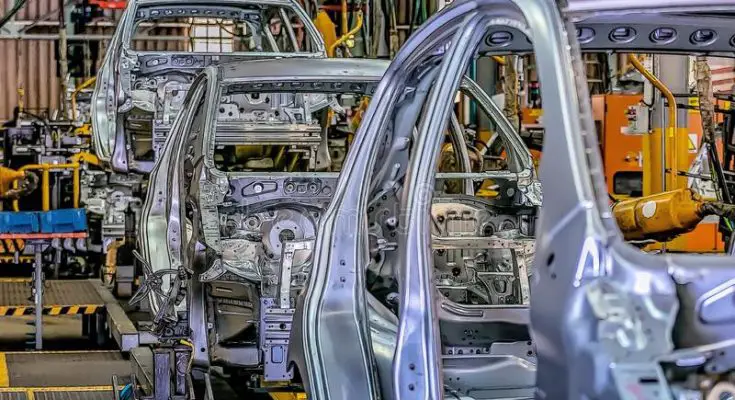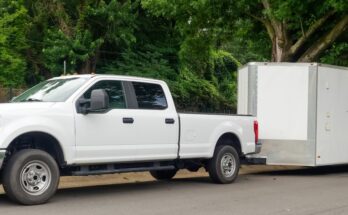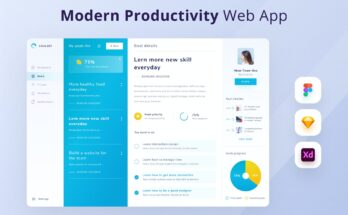VR is making further inroads into automobile design as a useful tool for car designers. VR has a huge hand in the development of autonomous vehicle infrastructure, but it also has a significant role to play in automobile design.
This is happening earlier in the design process, as designers are discovering the versatility of VR applications when it comes to conceptualising ideas and transforming them into workable prototypes and models.
ST Engineering Antycip supports the automotive industry with dedicated VR tools and platforms to support breakthroughs in car design.
How Can You Use VR to Design Cars?
Virtual prototyping is an important VR tool for automotive and transport design. Virtual prototyping and simulation technology are two powerful VR tools that are being used in the design of automobiles. These, and other, VR applications for automobile design have revolutionized the way designers create cars.
3D approaches allow designers to produce highly realistic features and integrate them into prototypes much sooner in the process. This is truly operating on a human scale, bringing the designer closer to the finished product, even if it doesn’t exist in reality.
This allows the designer, even while sketching out ideas, to feel what a driver or passenger would experience.
How VR Supports Core Design Principles
The Design Council refers to four guiding principles in design activity:
- Empathy
- Iteration
- Collaboration
- Visualisation
VR supports all of these when applied to the automotive industry. First, empathy is an essential quality of good design. It’s about understanding what the end-user will experience. VR, with its immersive 3D capabilities, can also be used by car designers to position themselves inside their designs, even as they put together ideas in their early forms.
Second, iterative design, the testing of ideas through trial and error, becomes far more efficient and less wasteful with VR. Virtual prototyping eliminates limitations in the design and evaluation process while lowering development expenses.
Thirdly, and linked to this expanded creative liberty, is the new level of collaboration possibilities that VR provides.
At full scale in three dimensions, rendering designs and prototypes removes hurdles to communicating ideas and bridges the gap between design and engineering departments in vehicle development. immersive VR CAVE environments, on top of that, provide real-time group collaboration through advanced tools such as 3D printers.
Finally, there is the visual aspect of design. Visualization aids in the comprehension of complicated information and supports decision-making, according to the Design Council. Visualisation amplifies this fundamental element of design by bringing it to life with realistic forms.
21st Century Car Design
There are several newsworthy instances of how VR is rapidly establishing new standards in vehicle design. 3D rendering is being used by the Ford Motor Company to help with the design of racing cars. Instead of sketch pads and computer-aided design, designers use headsets and controllers while working in VR. The firm has gone one step farther and created a car
However, beyond the headlines, the advantages that VR provides automobile designers are significant and long-term. VR is set to become an essential part of initial design processes, product development, and production.
The epidemic has accelerated the use of digital and virtual technologies in vehicle design to enhance efficiency and make remote working a more realistic option. VR is also enabling automobile manufacturers such as Ford to improve the entire product development process, speeding it up and allowing it to go smoothly from one stage to the next.
And it’s becoming increasingly important in product marketing, allowing potential buyers to get an outside view of new vehicle designs and hear them from the inside as if they were driving them. All of this before the automobile has left the production line or arrived at a showroom.
ST Engineering Antycip and the Automotive Industry
ST Engineering Antycip offers collaborative and versatile VR tools for automotive and transport design. Using VR prototyping and immersive scenarios, you can walk through designs and engineering features, reviewing them forensically. VR allows you to predict product performance and spot potential problems much earlier on in the design process.



